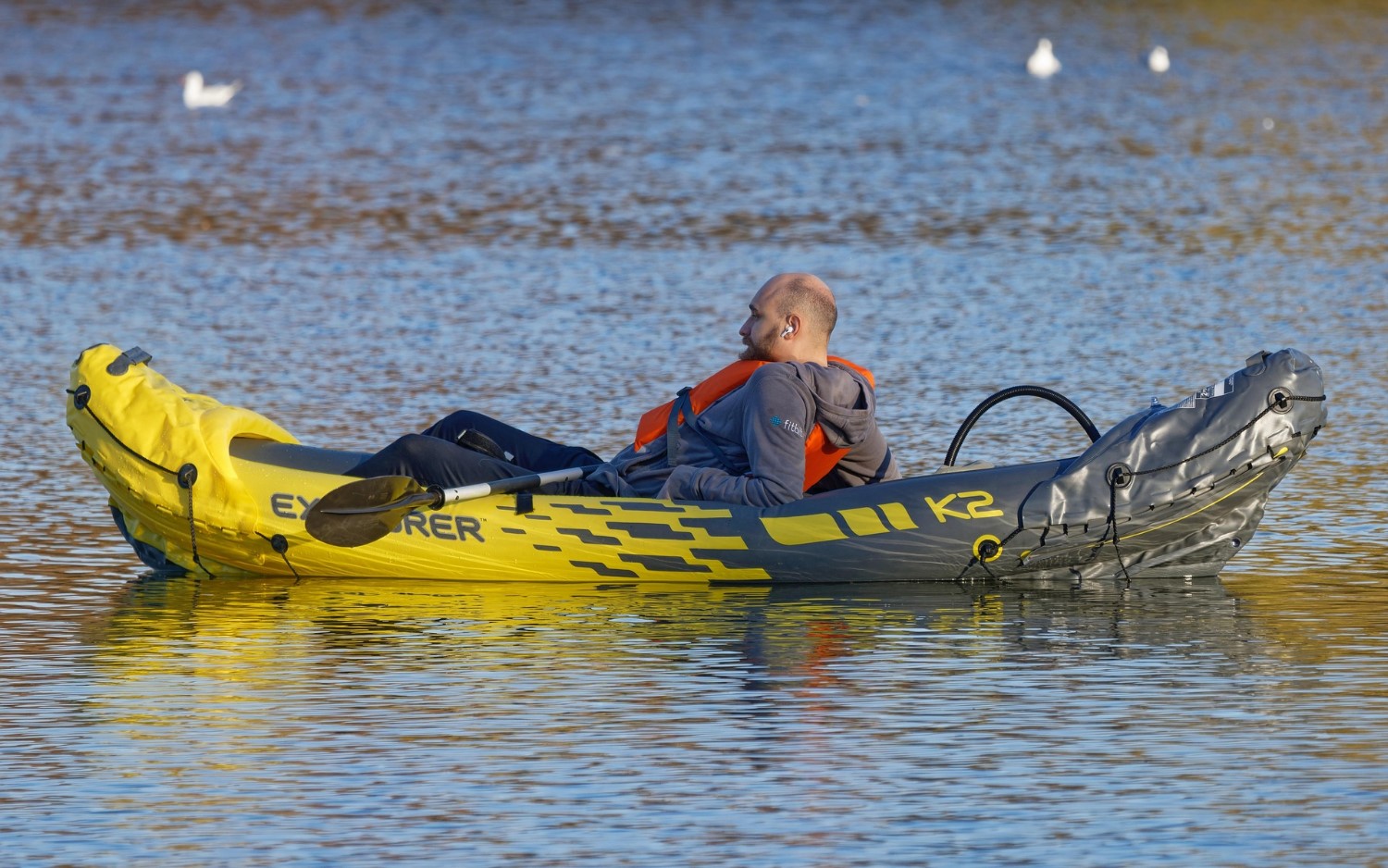Chill After the Checkered Flag: Tips for Post-Race Relaxation
Taking the Checkered Flag brings a surge of pride, fatigue, and adrenaline. Whether you’re a seasoned racer or a weekend warrior, what you do in the hours and days after the race matters just as much as the training leading up to it.
The recovery phase helps prevent injury, restore energy, and prepare your body for future performance. Without it, the aftermath of a race can linger in the form of muscle soreness, inflammation, or mental burnout.
Prioritizing post-race relaxation isn’t indulgence, it’s a vital component of performance maintenance. From nutrition and sleep to mental unwinding, here’s how to cool down and recharge properly after giving your all on the track or trail.
Rehydrate With Purpose after the Checkered Flag
Your body loses significant fluids and electrolytes during a race, especially in hot conditions or endurance events. Rehydration should begin immediately after the finish line. Water alone might not cut it, especially if you’ve been sweating for hours. Look for recovery drinks that contain sodium, potassium, and magnesium to help replenish what’s lost.
In the hours that follow, drink gradually rather than chugging large amounts all at once. This allows your body to absorb fluids effectively and reduces the risk of bloating or cramping. Monitor your urine color as a basic hydration check; pale yellow usually signals a balanced level.
Refuel With Balanced Nutrition
Food plays a key role in repairing muscles and replenishing glycogen stores. The sooner you eat after racing, the better. Aim for a mix of carbohydrates and protein within the first hour. Carbohydrates help restore energy levels while protein supports muscle recovery and growth.
Good options include a turkey sandwich on whole grain bread, brown rice with grilled salmon, or a protein smoothie with fruits and oats. Avoid processed snacks and sugary energy drinks, as they can interfere with digestion and delay nutrient absorption. In the next few meals, focus on anti-inflammatory foods like leafy greens, berries, avocado, and fatty fish.
Treat Your Muscles to Recovery Modalities
Your muscles take a pounding during a race, especially if it includes hills, uneven terrain, or hard pavement. One of the best things you can do is use recovery techniques designed to aid circulation and reduce muscle stiffness. Foam rolling, gentle stretching, and light yoga can help relieve tension and prevent tightness from settling in.
Many runners and cyclists also use massage therapy to improve blood flow and speed up healing. Whether it’s a professional massage or a handheld massager at home, working out knots and soreness should be part of your recovery toolkit. If you experience any sharp pain, though, rest and ice the affected area instead of pushing through.
Get Serious About Sleep after the Checkered Flag
Sleep isn’t just downtime; it’s when your body actively repairs itself. During deep sleep cycles, growth hormone is released, aiding in tissue repair and recovery. Skimping on rest after a race can slow recovery, impair immune function, and leave you mentally drained.
Try to get at least eight hours of quality sleep the night after your event. Set up your room to support rest by darkening the space, reducing noise, and avoiding screens an hour before bed. Short naps the next day can also support the healing process if you feel unusually fatigued or stiff.
Embrace Mental Decompression
Post-race blues are a real phenomenon. After weeks or months of building up to a big event, the emotional crash can feel confusing. While it’s natural to feel a mix of pride and emptiness, letting yourself decompress mentally is part of a holistic recovery plan.
Journaling about your race experience can bring clarity and closure. Reflecting on what went well and what you’d change helps shift your focus to future goals. Engaging in calm hobbies like painting, gardening, or listening to music can reduce stress and encourage a calm headspace.
Some athletes turn to natural wellness solutions for both mental and physical recovery. Products at https://chronicguru.com/gummies/ and similar websites can support relaxation without the need for pharmaceutical intervention. As always, check with your healthcare provider before trying anything new, especially if you’re in competition settings with regulatory guidelines.
Move Gently in the Days After the Checkered Flag
Total rest isn’t always the best route. While a day of full rest immediately following the race is helpful, light movement in the days afterward can enhance circulation and minimize stiffness. Activities like walking, swimming, or casual cycling can aid in active recovery while keeping your muscles engaged.
Listen to your body closely during this phase. If something doesn’t feel right, stop. The goal is to maintain blood flow and mobility without pushing your limits. Gentle movement can also improve mood and prevent post-race energy crashes that come from suddenly stopping all activity.

Recovery is the bridge between effort and progress. Giving yourself time and space to rest ensures your hard work can translate into future achievements. Post-race relaxation should be seen as a continuation of your commitment to performance. The better you care for yourself after the finish line, the stronger you’ll return when the next starting line calls.
